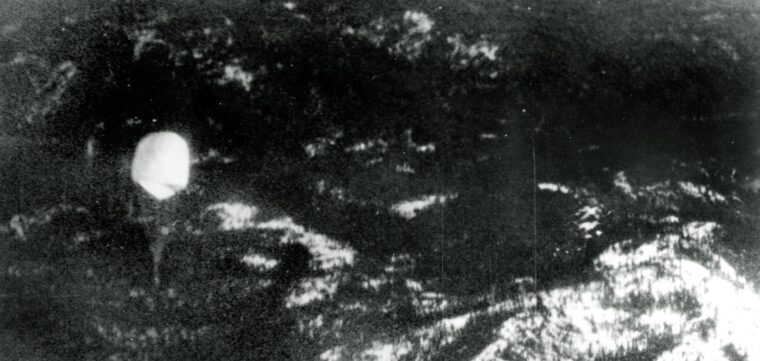
South Pacific
Hot Air “Fire Balloons”: Japan’s Project Fugo
By Darrell W. CoulterIt crossed silently on a chilly winter evening over the southern Oregon coast, descending slowly, its ballast spent. Read more

South Pacific
It crossed silently on a chilly winter evening over the southern Oregon coast, descending slowly, its ballast spent. Read more
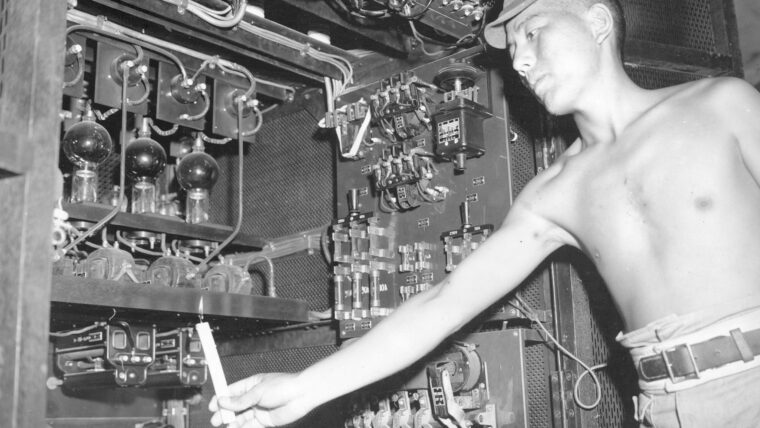
South Pacific
Marine Captain Frank Farrell stood in the open door of the Army Air Corps C-47 waiting for the “green light,” the signal to leap into space, on a mission that could mean life or death for hundreds, perhaps thousands, of people. Read more
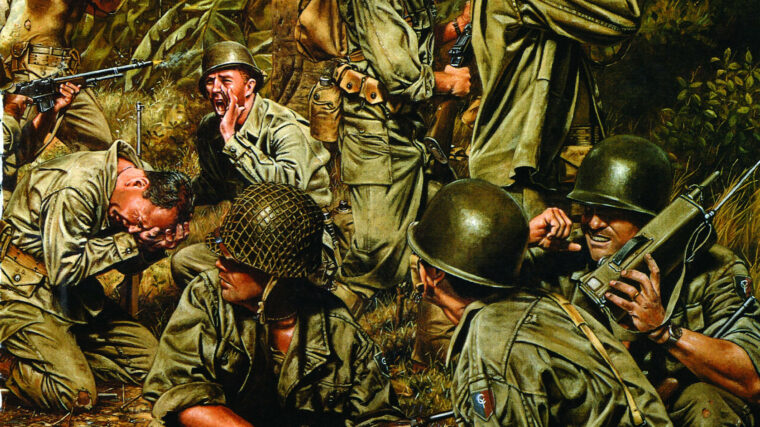
South Pacific
As the nine C-47s flew closer to the drop zone, the lead plane descended to an altitude of four hundred feet. Read more
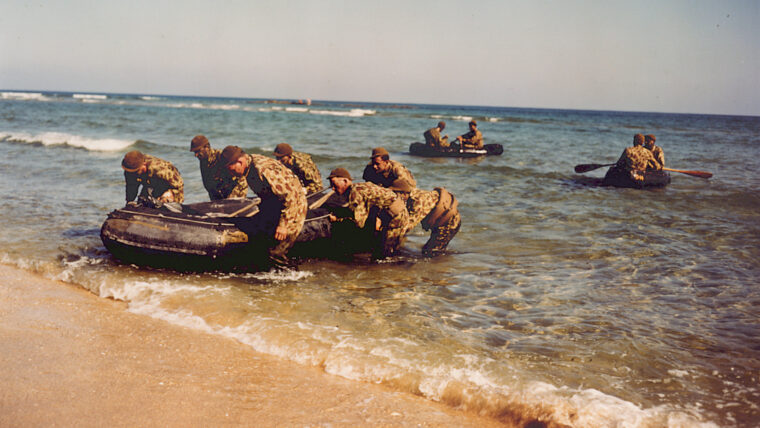
South Pacific
Today’s Navy SEALs (for Sea, Air, and Land special warfare experts) have a history shrouded in secrecy. Commissioned in 1962, they are the most elite shore-area Special Forces in the world, concentrating on very select and often-clandestine intelligence gathering and precision strike missions. Read more
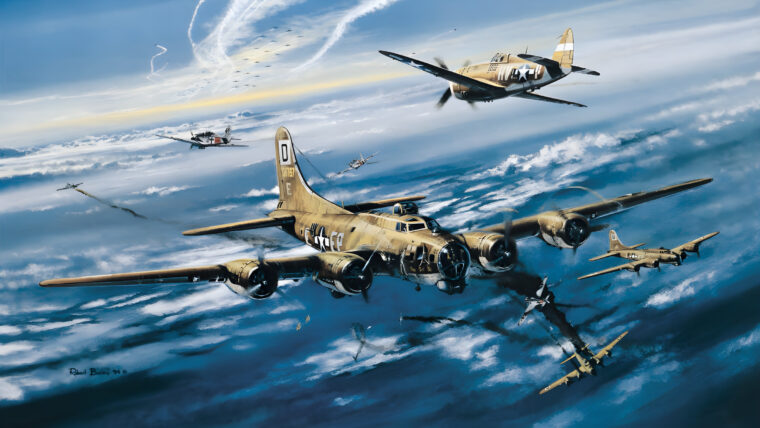
South Pacific
The popular conception of the struggle in the air over northern Europe during World War II is of squadrons of sleek fighters racing over the German heartland to protect contrailed streams of lumbering bombers stretching beyond sight. Read more
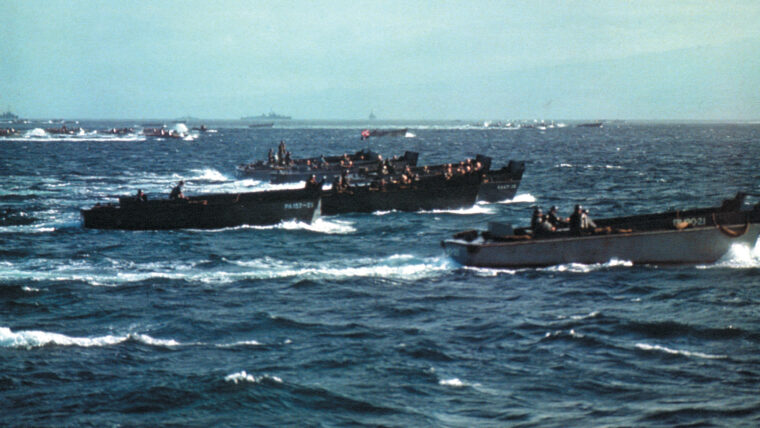
South Pacific
In November 1941, the U.S. Asiatic Fleet weighed anchor in Shanghai, China, for the last time. Alarmed by the growing hostility and aggressiveness of the Japanese, Admiral Thomas Hart ordered the outnumbered and outgunned American vessels moved to the relative safety of Manila Bay in the Philippines. Read more
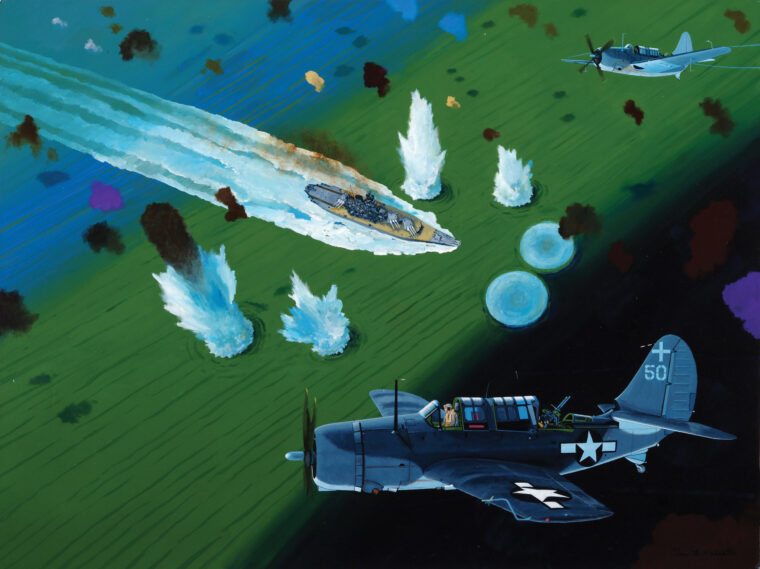
South Pacific
In warfare, desperate times call for desperate measures, and in the fall of 1944 the empire of Japan found itself in precisely that predicament. Read more
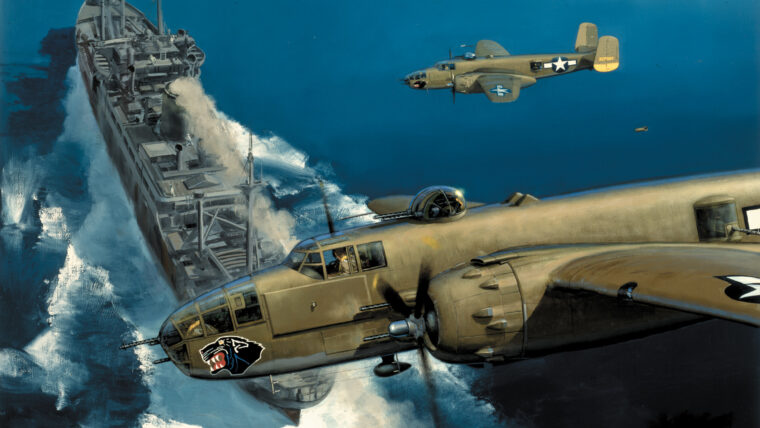
South Pacific
During the 1920s, roughly two decades before the B-25 Mitchell bomber came into service, U.S. Army Air Service commander Brig. Read more
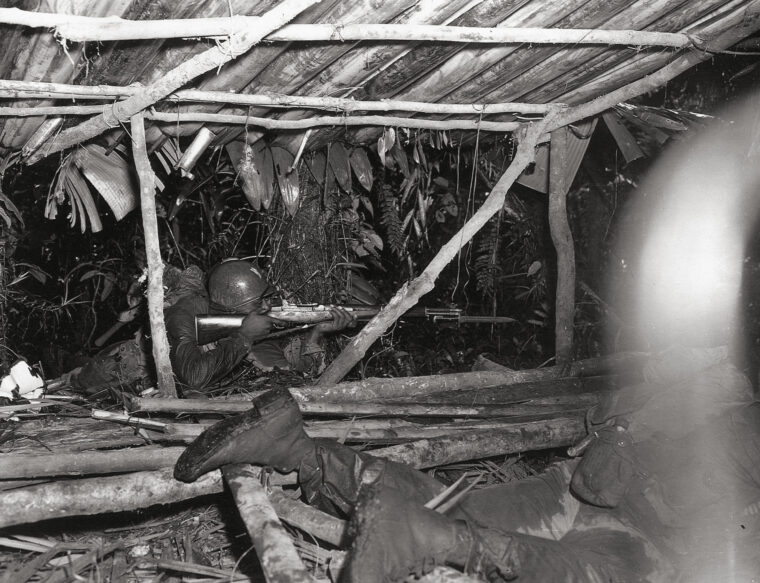
South Pacific
In an article in the Pittsburgh Courier on April 15, 1944, correspondent Billy Rowe, who was covering the activities of the 93d U.S. Read more
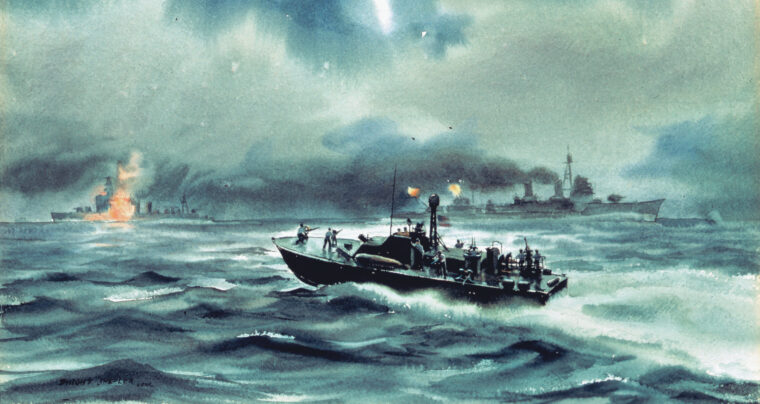
South Pacific
In 1944, following the American victories in the South Pacific of operational commanders General Douglas MacArthur in western New Guinea and Admiral Chester Nimitz in the Marianas, American planners considered the next offensive against Japan’s empire. Read more
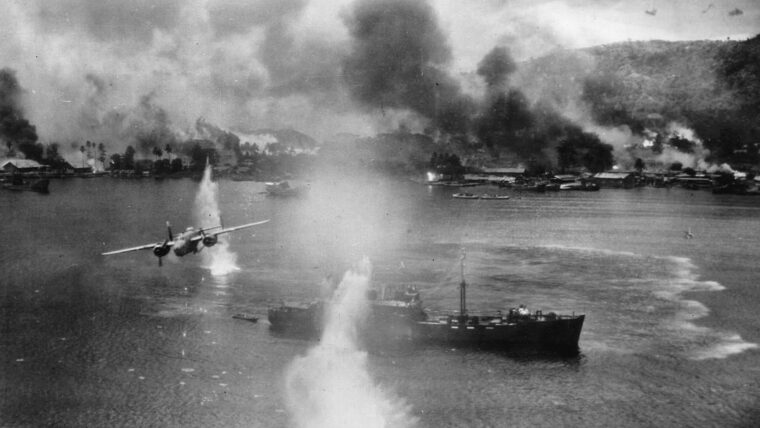
South Pacific
In some historical circles, a mistaken impression has developed that the U.S. Navy’s Task Force 38 launched the aerial offensive on the Japanese stronghold at Rabaul, New Britain, that ultimately rendered the base useless. Read more
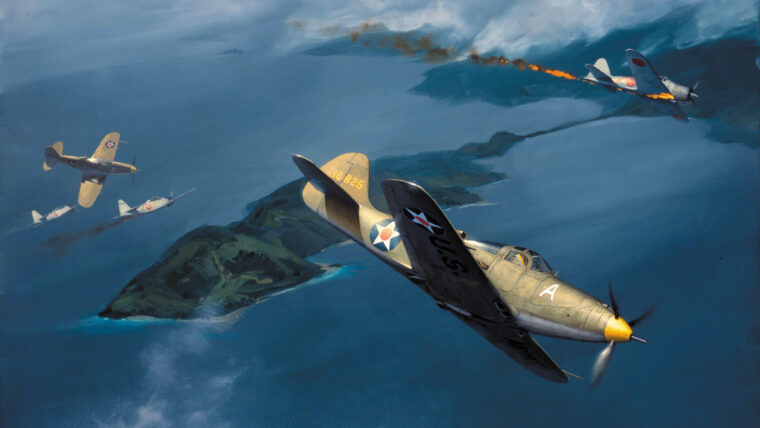
South Pacific
If there is an American combat airplane that has achieved an ill-deserved reputation, no doubt it would be the much-maligned Bell P-39 Airacobra, a tricycle landing gear single-engine fighter whose reputation was greatly overshadowed by the more famous, and of more recent design, Lockheed P-38 Lightning, Curtiss P-40 Tomahawk, Republic P-47 Thunderbolt, and North American P-51 Mustang. Read more
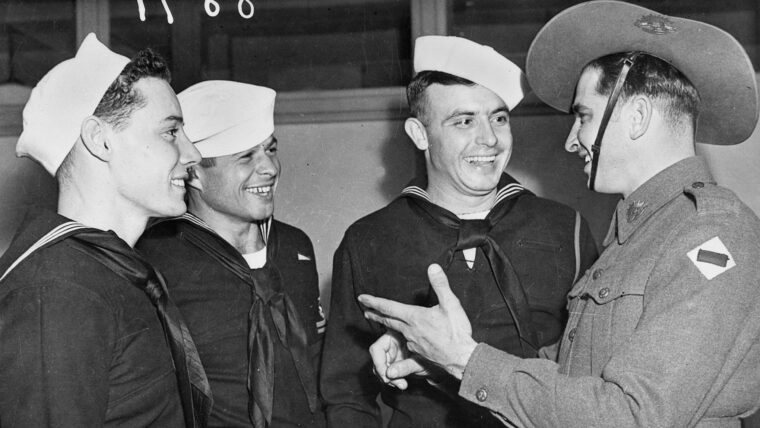
South Pacific
In 1942, Brisbane was the third largest city in Australia and the state capital of Queensland. To many, however, it was more like a big country town than a city, its 340,000 inhabitants living in a quiet, conservative, and isolated atmosphere. Read more
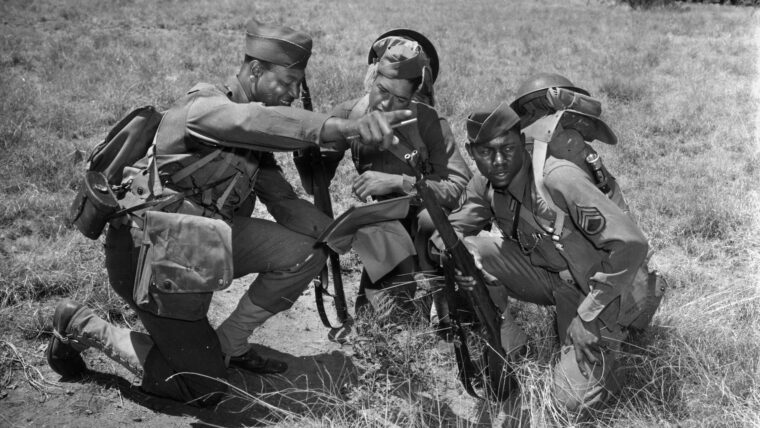
South Pacific
On August 2, 1945, two weeks prior to Japan’s surrender, the highest ranking Japanese officer captured during the war in the Pacific was taken on the island of Morotai, Dutch New Guinea. Read more
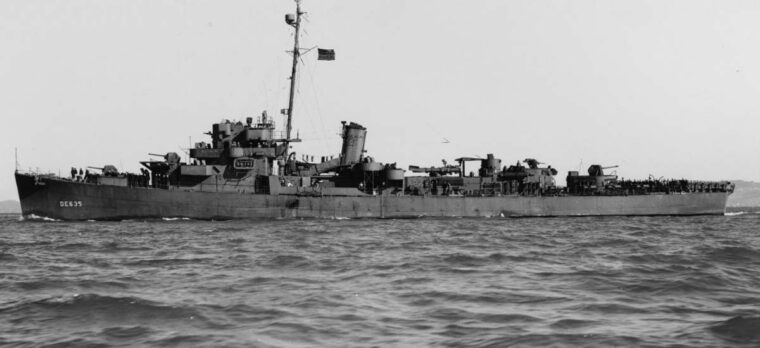
South Pacific
From his naval base at Tawi Tawi in the southern Philippines, Japanese Admiral Soemu Toyoda anxiously perused intelligence reports that might provide a clue to the objective of the next seaborne South Pacific invasion by American military in the spring of 1944. Read more
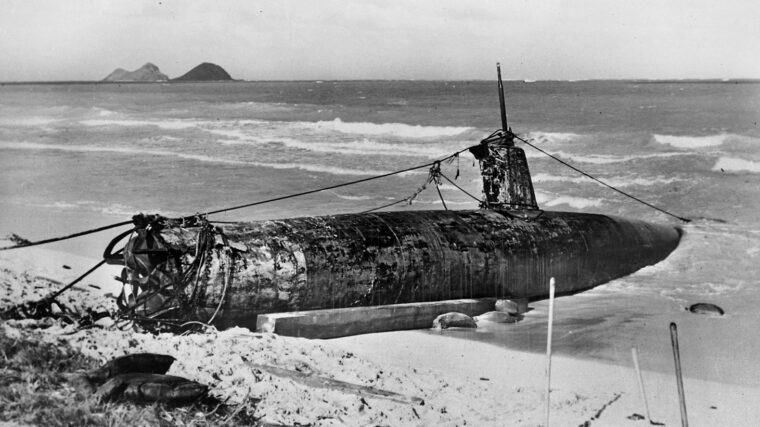
South Pacific
The year 1942 was one of crisis for the Allied cause in the Pacific. Until May, almost everything had gone in favor of Imperial Japan. Read more
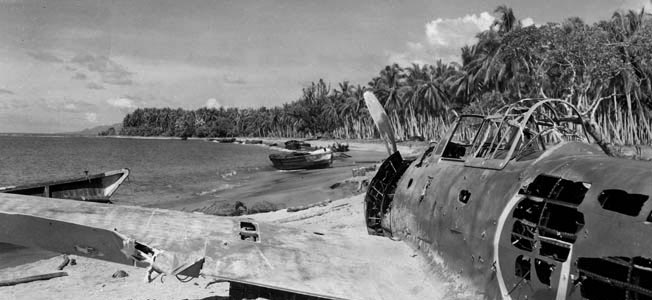
South Pacific
On August 7, 1942, American Marines landed unopposed on the island of Guadalcanal in the Solomons chain. The island was the key to future offensive operations in the South Pacific for either side, and the Marines were determined to defeat the Japanese in their first significant ground assault of the Pacific War. Read more

South Pacific
For U.S. forces, the Pacific Theater was orchestrated by two leading commanders: Admiral Chester Nimitz controlled the Pacific Ocean Areas (POA), and General MacArthur was the Supreme Allied Commander of the South West Pacific Area (SWPA). Read more
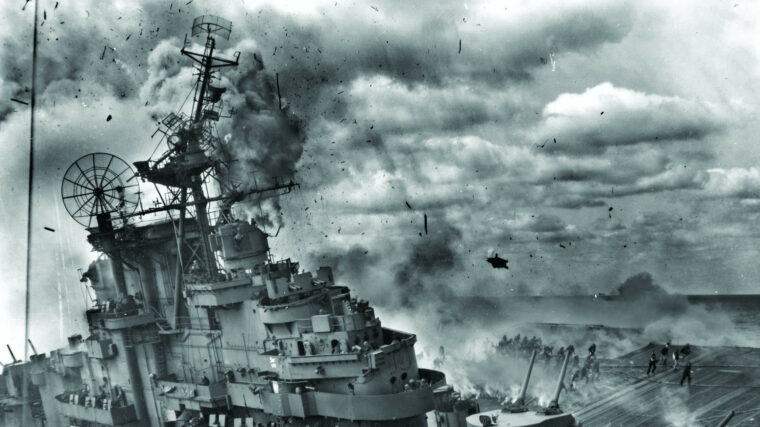
South Pacific
On March 19, 1945, the Essex-class carrier USS Franklin (CV-13), dubbed “Big Ben,” lay 50 miles off Honshu, one of Japan’s Home Islands. Read more
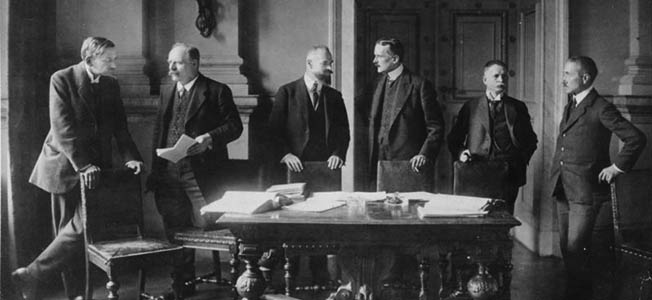
South Pacific
At least ostensibly, World War I ended first with the cessation of armed hostilities between the warring powers at the famed “11th hour of the 11th day of the 11th month,” that is November 11, 1918. Read more